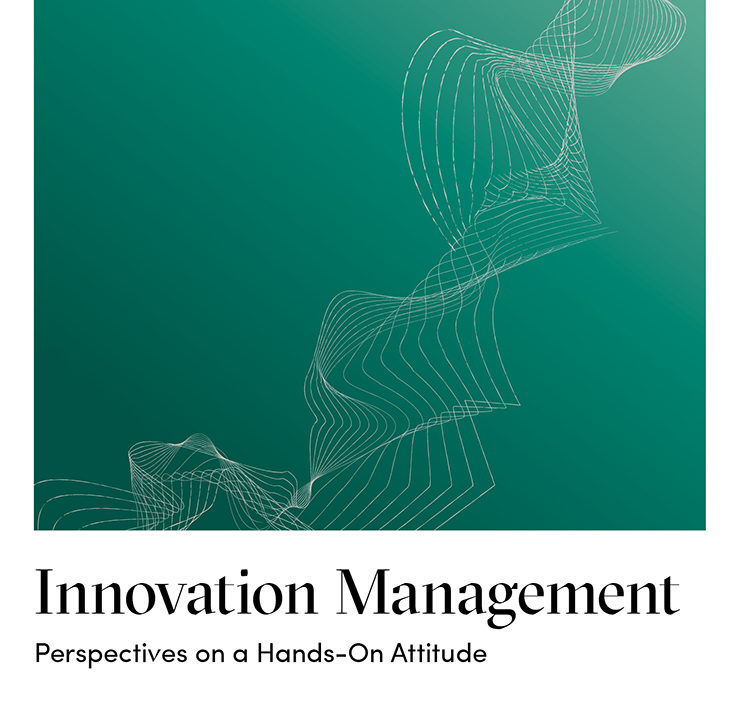In 2016, RWA Raiffeisen Ware Austria AG was one of the first companies in Europe to establish an accelerator in the field of AgTech. The goal was to make the Group fit for the future. By establishing a series of programs and formats tailored to the changing needs of the organisation, the Agro Innovation Lab has also gained a wealth of insights. The goal of this publication is to share these insights with a broader audience.
The whitepaper presents the success factors of the AIL in the required depth, from its origins to the present day. These are presented clearly and embedded in their respective context. We want to reach two groups of readers: Experts in the field of innovation, who want to learn how others have approached this topic, and interested readers, who should be amazed by innovation regardless of their previous knowledge.

Innovation Management – Perspectives on a Hands-On Attitude
In the first part, the challenges currently facing agriculture as an industry are shown in a historical context. This is because it is only this context that allows us to understand where the challenges come from in the first place. Furthermore, the problems of agriculture are embedded in the wider context of the global economy. Subsequently, the paper discusses why the management of RWA Raiffeisen Ware Austria AG decided in 2015 to attach particular importance to the area of innovation. And it introduces some of the players who have brought innovation to agriculture over the past decades.
The second part, “The Innovator’s Handbook”, is more operational: it explains the strategic decisions that underlay the creation of the AIL as an instrument and the rationales and assumptions behind these. It contains questions that reflect important learning points during the development of the AIL, as well as guidelines for action for third parties: How good does a customer relationship need to be in order to enter into “experiments” (PoCs – more on this on page 9) with startups? Why was geographic and organisational proximity to RWA important? And why can many former AIL team members now be found in positions of responsibility within the Group?
Interested? Enjoy your read!
